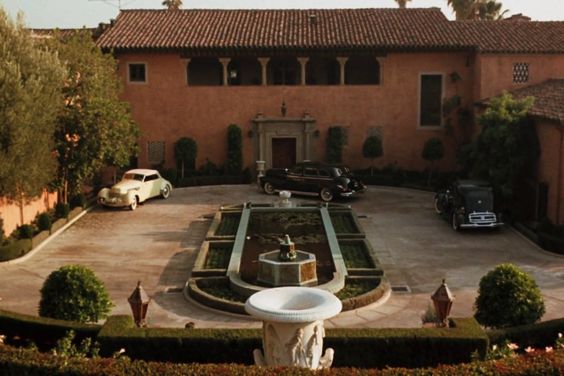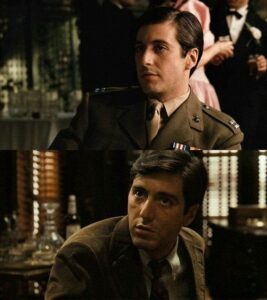
A new ‘good’ cut of The Godfather: Part III to hit theaters in December

While there’s a strong case for why Paramount Pictures and director Francis Ford Coppola should finally embark on The Godfather: Part IV, an actual sequel will have to wait: First, we’re getting a potentially good version of The Godfather: Part III.
Paramount announced on Thursday that a new edit and restoration of Coppola’s final Godfather film, rechristened Mario Puzo’s The Godfather, Coda: The Death of Michael Corleone, will hit theaters this December, with a home video release to follow. The new version of the film “achieves director-screenwriter Coppola and screenwriter [Mario] Puzo’s original vision for the finale, which has been meticulously restored for the finest presentation of the Corleone saga’s last chapter,” Paramount said in a news release. If everyone’s roles are intact, the movie stars Al Pacino, Diane Keaton, Talia Shire, Andy García, Eli Wallach, Joe Mantegna, Bridget Fonda, George Hamilton, and a young Sofia Coppola.
“Mario Puzo’s The Godfather, Coda: The Death of Michael Corleone is an acknowledgement of Mario’s and my preferred title and our original intentions for what became The Godfather: Part III,” Coppola said in a statement. “For this version of the finale, I created a new beginning and ending, and rearranged some scenes, shots, and music cues. With these changes and the restored footage and sound, to me, it is a more appropriate conclusion to The Godfather and The Godfather: Part II and I’m thankful to Jim Gianopulos and Paramount for allowing me to revisit it.”
The Godfather: Part III, which concluded the saga of Michael Corleone and his time running the Corleone family mafia, was received with lukewarm takes and raised eyebrows in 1990. Which is … not exactly what people hoped for in a sequel to two of the greatest movies ever made. Roger Ebert’s review from the time sums it up pretty well:
Some of the dialogue scenes, especially in the beginning, sound vaguely awkward; the answers do not fit the questions, and conversations seem to have been rewritten in the editing room. Other shots — long shots, into the light, so we cannot see the characters’ lips — look suspiciously like scenes that were filmed first and dubbed later. The whole ambitious final movement of the film — in which two separate intrigues are intercut with the progress of an opera being sung by Anthony — is intended to be suspenseful but is so confusing, we are not even sure which place (Sicily, Rome, London?) one of the intrigues is occurring. The final scene of the movie, which is intended to echo Marlon Brando’s famous death scene, is perfunctory and awkward.
The process of the re-edit sounds fascinating: In order to bring a pristine version to theaters, American Zoetrope and Paramount Pictures’ restoration team searched through 300 cartons of negatives in the studio archive to find over 50 original takes that could replace lower-resolution opticals in the original negative. The process of repairing scratches and stains took more than six months, while enhancements were also made to the original 5.1-channel surround sound mix. The coronavirus pandemic forced the team to shift to the San Francisco Bay Area, where the rest of the project was completed through remote work.
“Mr. Coppola oversaw every aspect of the restoration while working on the new edit, ensuring that the film not only looks and sounds pristine, but also meets his personal standards and directorial vision,” said Andrea Kalas, the senior vice president of Paramount Archives, in a statement.
Like he did with his recent re-edit and restoration of The Cotton Club, the idea here seems to be that Mario Puzo’s The Godfather, Coda: The Death of Michael Corleone will change the perception of Coppola’s middling finale. We’ll know for sure when the movie arrives later this year.
